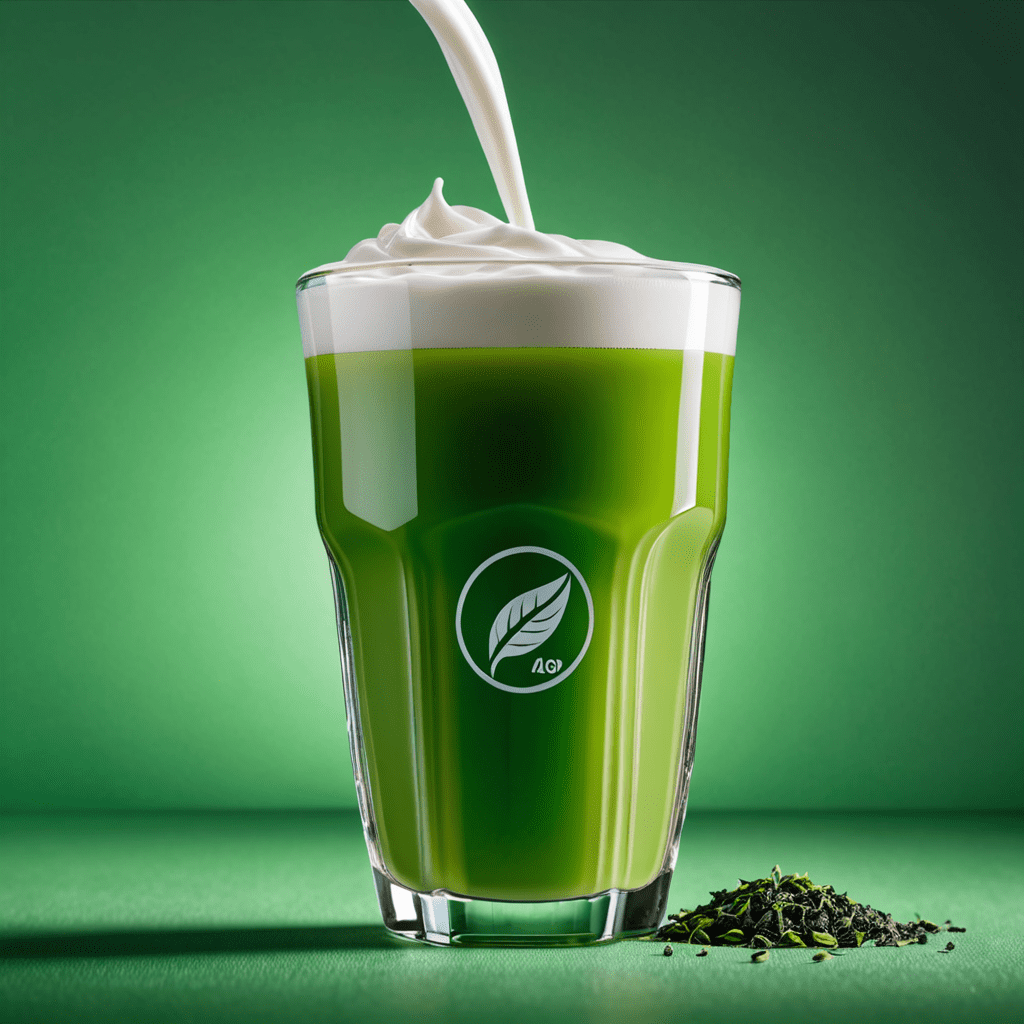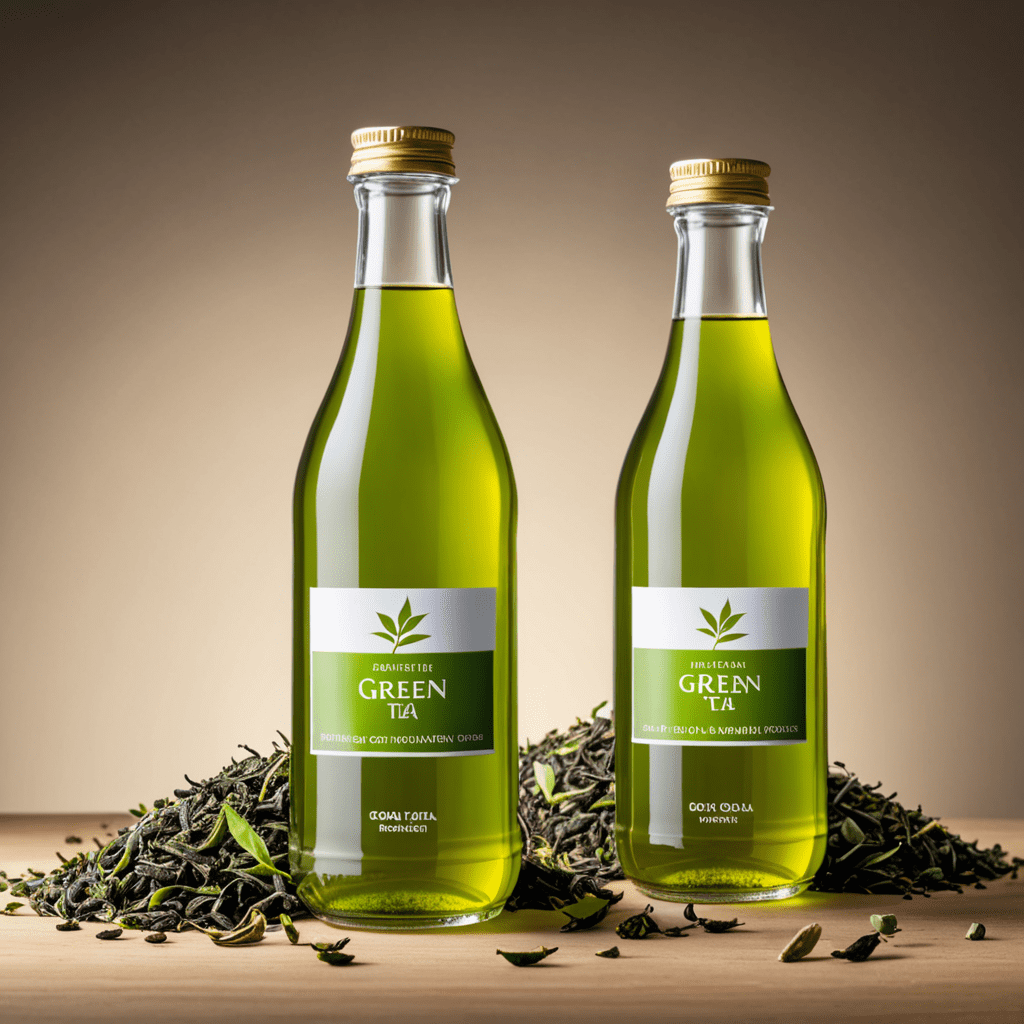
The Perfect Harmony of Milk and Green Tea: A Match Made in Tea-Lover’s Paradise
Green tea, known for its health benefits and unique flavor, has been enjoyed for centuries. However, a relatively recent trend has emerged, where milk is being added to green tea to create a delightful and soothing concoction. In this article, we explore the fusion of milk and green tea, its origins, potential health benefits, and tips for brewing the perfect cup. Whether you’re a tea enthusiast or simply curious about this combination, read on to discover the world of milk in green tea.
The Origins of Milk in Green Tea
The practice of adding milk to green tea can be traced back to the Himalayan regions, particularly in parts of India and Tibet. In these areas, the traditional concoction of milk, green tea, and various spices, known as “cha” or “chai,” has been a staple for centuries. The idea of adding milk to green tea was later adopted and further popularized in countries such as Japan and parts of Europe, where it evolved into various delightful versions.
The Science Behind Milk and Green Tea
When milk is added to green tea, it creates a creamy and rich flavor profile that contrasts with the tea’s natural earthy and slightly bitter notes. From a scientific standpoint, this combination alters the pH level of the green tea, resulting in a smoother and milder taste. Moreover, the proteins and fats in milk can bind with certain compounds in green tea, potentially reducing astringency and making it more palatable to some individuals.
Health Benefits of Milk in Green Tea
Combining milk with green tea not only changes the flavor but also adds a potential health dimension to the beverage. The presence of milk can enhance the absorption of certain antioxidants, such as catechins and polyphenols, found in green tea. These antioxidants have been linked to various health benefits, including improved heart health, better metabolism, and potential cancer-fighting properties. However, it’s important to note that adding milk may also dilute some of the beneficial compounds in green tea, so moderation is key.
Brewing the Perfect Cup of Milk Green Tea
Whether you prefer your green tea with a splash of milk or a generous serving, achieving the perfect balance is essential. Start by brewing your green tea according to your preference and allowing it to cool slightly. Then, slowly add warmed milk to the tea, stirring gently to ensure a smooth integration of flavors. Keep experimenting with the ratio of milk to tea until you find your ideal combination. Some may prefer a milder hint of milk, while others may enjoy a creamier texture.
Exploring Various Variations and Recipes
The world of milk in green tea offers a myriad of possibilities for exploration. From matcha latte, where vibrant green matcha powder is whisked with steamed milk, to spiced milk green tea blends, the options are endless. Adventurous tea enthusiasts may enjoy experimenting with different types of milk, such as almond, coconut, or oat milk, to create unique flavors. In addition, the addition of sweeteners such as honey or agave can further enhance the experience.
FAQ: Exploring Common Questions About Milk in Green Tea
Q: Is it necessary to add milk to green tea?
A: The choice to add milk to green tea is purely subjective and depends on individual preferences. While some enjoy the creamy and mellow taste brought by milk, others may prefer the unadulterated flavor of green tea. It’s entirely up to personal taste.
Q: Can lactose-free milk be used in green tea?
A: Absolutely. Lactose-free milk can be used as a suitable alternative for those who are lactose intolerant or prefer dairy-free options. It offers a similar creamy texture and can complement the flavor of green tea beautifully.
Q: What type of green tea is best for adding milk?
A: While any variety of green tea can be combined with milk, certain types, such as Japanese sencha or Chinese dragonwell, are often favored for their balanced flavor profiles. However, the choice ultimately comes down to personal preference, and experimentation with various types of green tea is encouraged.
Q: How does milk affect the health benefits of green tea?
A: While the addition of milk can potentially enhance the absorption of certain antioxidants in green tea, it may also dilute some of the beneficial compounds. The impact on health benefits varies based on the individual’s consumption habits and overall diet, making moderation and balance essential.
Q: Can spices be added to milk green tea for an extra kick?
A: Certainly. Spices such as cinnamon, nutmeg, or cardamom can be incorporated into milk green tea to create warm and aromatic variations. These additions can elevate the sensory experience and provide an additional layer of complexity to the beverage.
With the artful fusion of milk and green tea, a new world of flavors and possibilities awaits. Whether enjoyed for its soothing properties or as a delightful indulgence, this combination offers a unique twist on the time-honored tradition of green tea consumption. Embrace the harmony of milk and green tea, and allow your taste buds to revel in its blissful union.


